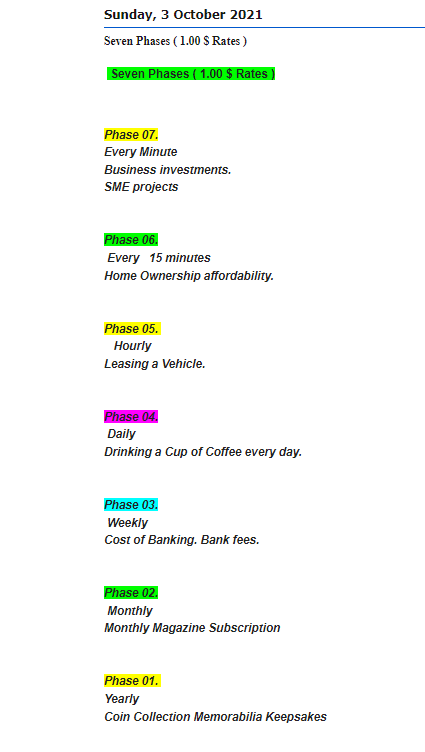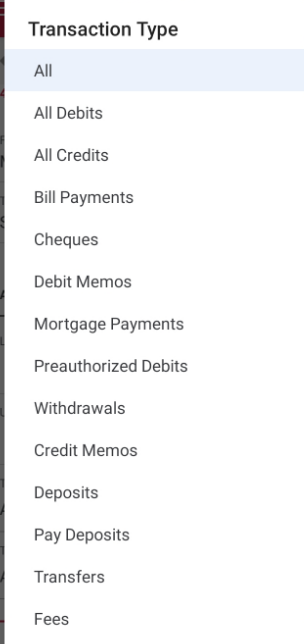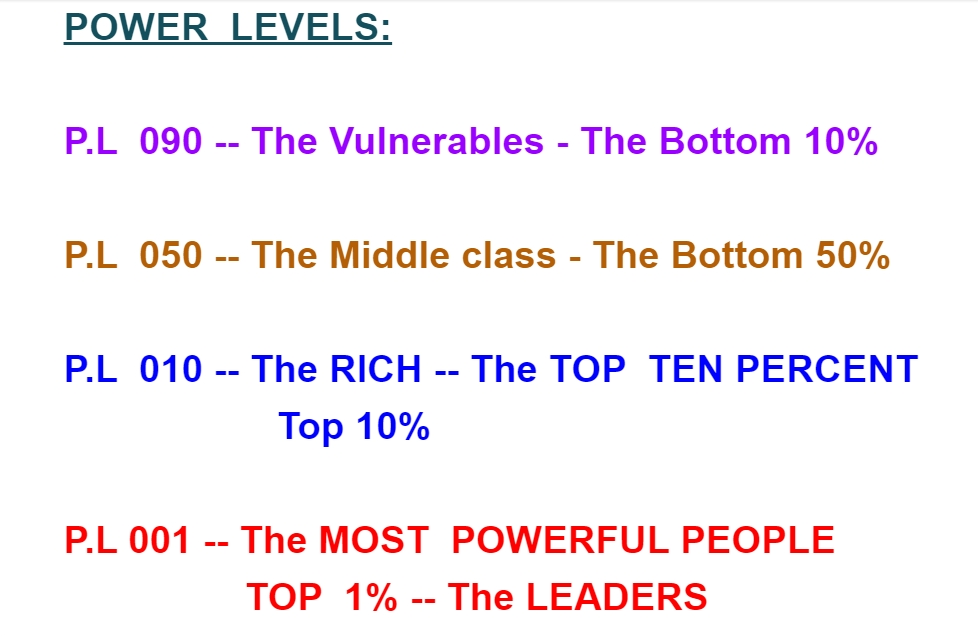https://www.moneysense.ca/save/tax-brackets-canada-provinces-2020/
The tax brackets in Canada for 2020, broken down by province, too
This guide breaks down the different tax brackets in Canada and the tax rates, and why knowing these numbers will help you be prepared for filing your income tax return.

Photo by Toa Heftiba on Unsplash
As we head toward the end of a year in which many Canadians’ incomes were erratic, it’s important for taxpayers to find out which provincial and federal tax brackets they fall into. Why? Understanding where you fit will help you estimate how much tax you owe on your 2020 income, while you still have a few months to save up before outstanding payments are due in the spring.
“Your tax bracket lets you know the percentage of taxes you could pay on the next dollar you earn,” says Andrew Zakharia, an accountant and founder of AZ Accounting Firm in Toronto.
Simply put, tax brackets outline how much tax each of us should pay, based on our annual income. In Canada we have what’s called a progressive tax system, which means “the more money you make, the more you are expected to contribute to taxes,” says Zakharia. So, instead of everyone paying a flat percentage of their income in taxes, those with low incomes pay a smaller percentage, with rates progressively increasing for higher income earners.
There are five categories of federal tax rates, with each one classified as an “income bracket” based on how much money you earn in a year (even if you are self-employed). Since you pay taxes to the federal government, as well as to the provincial government where you reside, there are tax brackets and tax rates for both levels of government (which we’ve outlined in full below).
What are the federal tax brackets in Canada for 2020?
How federal tax brackets work
The most important thing to understand about Canada’s federal income tax brackets (and most provincial brackets, other than Quebec) is that the rates apply only to the earnings that fall within each tier—sort of like a ladder.
So, for example, if someone made $40,000 this year from all their sources of taxable income (including paid work, benefits, bank interest, etc.) they are in the lowest federal bracket for 2020 and will pay 15% in federal tax, or about $6,000. (This, of course, does not account for any deductions or expenses that might lower taxable income, such as the basic personal amount tax credit, or RRSP contributions, which is why this is considered “estimated” federal tax owing.)
But someone who falls into the second federal bracket, let’s say with an annual income of $90,000, still pays the same 15% on their first $48,535 in earnings. It’s only the income over and above that first bracket limit that will be taxed at the higher second bracket rate of 20.5%.
To use the table above, start by finding which range your income falls into. Then subtract the minimum dollar value of that range from your annual income, and multiply by the applicable tax rate. Finally, add the maximum total tax from the previous bracket to approximate your 2020 federal taxes.
Here’s how that looks for a $90,000 earner in the second bracket:
$90,000 annual income – $48,536 2nd bracket minimum
= $41,465
x 2nd bracket rate of 20.5%
= $8,500.32
+ 1st bracket maximum total tax of $7,280
= $15,780.32 total federal taxes payable
Here’s another example (albeit perhaps not very relatable to most readers) for someone in the top bracket earning $500,000:
$500,000 annual income – $214,368 5th bracket minimum
= $285,632
x 5th bracket rate of 33%
= $94,258.56
+ 4th bracket maximum total tax of $49,645
= $143,903.56 total federal taxes payable
The tax brackets for every province and territory in Canada
In the same way that Canada has federal income brackets to calculate taxes, every province and territory has their own tax brackets and tax rates. “Certain expenses are federal responsibilities and certain expenses are provincial responsibilities,” says Zakharia. For example, health care is a provincial accountability, such the Ontario Health Insurance Plan (OHIP), and B.C.’s Medical Services Plan (MSP), and the military and national security is covered at the federal level with the Canadian Armed Forces and the RCMP.
What can you expect with provincial tax brackets? “Every year, the tax brackets increase,” says Zakharia, even if the rates for each bracket remain the same. This is mostly due to inflation, which is basically the increase of prices on some products.
Here are the tax brackets for all the provinces and territories in Canada, in alphabetical order:
Alberta tax brackets 2020
British Columbia tax brackets 2020
Manitoba tax brackets 2020
New Brunswick tax brackets 2020
Newfoundland and Labrador tax brackets 2020
Northwest Territories tax brackets 2020
Nova Scotia tax brackets 2020
Nunavut tax brackets 2020
Ontario tax brackets 2020
Prince Edward Island tax brackets 2020
Quebec tax brackets 2020
Saskatchewan tax brackets 2020
Yukon tax brackets 2020
How tax brackets work for the provinces and territories
Similar to the federal tax brackets, you start by finding where your annual income is in the chart from your province. Then subtract the minimum dollar value of that bracket range from your total annual income, and multiply by the applicable tax rate. Finally, add the maximum total tax from the previous bracket to approximate your 2020 provincial taxes (before any applicable surtaxes, as explained below).
Compare the Best TFSA Rates in Canada*
What is a surtax?
You may look at the Ontario and PEI tax rates, and think to yourself, well, that’s pretty low. But personal income in these two provinces is taxed a second time with a surtax. (A surtax means just that, a tax upon a tax.)
For PEI residents, the surtax is 10%, if your income is more than $12,500 annually. Take your income and multiply it by 0.10 to calculate the surtax.
For 2020, the Ontario surtax is a bit more complicated (see chart below). If your base provincial tax is below $4,830, you pay no surtax. If your base provincial tax is between $4,830 and $6,182, you pay 20% on the portion of provincial tax owed that is over $4,830. Finally, if your base provincial tax exceeds $6,182, you pay 20% on the portion of provincial tax owed that is between $4,830 and $6,182 (which works out to $270.40), plus 36% on the portion of provincial tax owed over $6,182.
Thankfully, most personal tax programs figure this out automatically.
Thanks for the info, now what?
Knowing where you sit in the federal and provincial tax brackets can be helpful, but what if your income has changed or varies from year to year? And what if you get a raise?
“Understand what tax bracket you’re in and what it means to you,” says Zakharia, adding that if you make more money one year (from a pay raise or side hustle), you don’t need to freak out. It is true that the more money you earn, the more you will be taxed, especially if that nudges you into the next tax bracket. “But not all of your income gets taxed in the higher bracket, it’s just the amount in that range,” says Zakharia. In other words, if you make $100,000, you’re not paying 26% federal tax on the entire $100,000, just on the small portion over $97,069. And the same for the provincial tax, too. For Quebec residents, you just consult the chart above if you move into another tax bracket.
If your side hustle is your own self-employed business, taxes obviously won’t be automatically deducted from your paycheque. It is your responsibility to set aside money to pay income tax on your net earnings (after deducting business expenses) on a quarterly or annual basis. Be sure to report all your income, otherwise you may have to pay a penalty of 10% on the amount you didn’t report.
As for those with investment income, which includes anything from the sale of a property to cashing in stocks, various rates apply. “Different types of income are taxed differently,” says Zakharia. Dividends, which are after-tax profit distributions from companies, and capital gains, which are profits from the sale of property or investments, are taxed more favourably than other income, such as earnings from employment, business, pension, etc.
Income tax brackets words you need to know
In talking about income tax brackets, you may hear a few of these words, too. Here’s a quick list of definitions for your reference.
Base amount: On your tax form, this is the BPA, also known as the “basic personal amount.” This amount is not taxed, and it was created to avoid taxing individuals with income below this amount. The base amount for 2020 is $13,229.
Gross income: Your full income, untaxed and without deductions.
Income tax bracket: The range of annual income and the income tax rate that is to be applied.
Income tax rate: Amount owed as a percentage of income.
Federal income tax: Payment to the Government of Canada, which is used to fund the federal level of government and programs.
Net income: The amount of personal income you earn, after deductions.
Provincial/territorial income tax: Payment to the levels of government for the provinces and territories, which are used to fund more local levels of government and programs than the federal income tax.
T1 Income Tax and Benefit Return: The form used to create, calculate and file an individual’s income, deductions and taxes owed.
Taxable income: A person’s gross income, which is taxable by the federal and provincial/territorial levels of government. If you are self-employed, this is net income.
What does the * mean?
If a link has an asterisk (*) at the end of it, that means it's an affiliate link and can sometimes result in a payment to MoneySense (owned by Ratehub Inc.) which helps our website stay free to our users. It's important to note that our editorial content will never be impacted by these links. We are committed to looking at all available products in the market, and where a product ranks in our article or whether or not it's included in the first place is never driven by compensation. For more details read our MoneySense Monetization policy.













































































“As for Quebec, the process is much simpler; less math. You take your total annual income and multiply it by the tax rate for the rage [sic] where your annual income sits.”
This is a bizarre error. I’ve never heard of Quebec not having marginal tax rates, and several tax calculators also confirm that indeed it does have marginal tax rates that work the same as other provinces. Heck, go to Revenue Quebec’s site and grab a copy of a tax return and flip down to where it tells you to go to work chart 401 to figure out how much to pay. There you’ll find a calculation that looks just like the other provinces’:
https://www.revenuquebec.ca/documents/en/formulaires/tp/2019-12/TP-1.D.GR-V%282019-12%29.pdf
Why is the author here saying differently?
Thanks for letting us know. We will update this as soon as we can. Our goal is to have the most up-to-date information. We do our best to fact check all our content before it gets published and make updates regularly, but some things may get missed. We would like to remind our readers to do their own fact checking before making any personal finance decisions.
HI,
Just a note about QC, Federal taxes are reduced by Qc Abatement of 16.5 %,
due to the fact, Qc pays for more of its own programs without Federal support than other provinces. Of course we still pay more income taxes IN TOTAL than anyone in Canada when comparing similar incomes. Lucky Albertans !!
I assume the tax info you provided was straight income including
interest income. Could you provide tables that would include
dividend & capital gains taxation rates. I enjoy your articles.
Thanks: Jerry
Does your spouse’s income change your tax bracket ?
Due to the large volume of comments we receive, we regret that we are unable to respond directly to each one. We invite you to email your question to Ask@MoneySense.ca, where it will be considered for a future response by one of our expert columnists. For personal advice, we suggest consulting with your financial institution or a qualified advisor.
I have checked 3 different sites for the Ontario tax brackets for 2020 (today is January 10, 2021) and according to publications by Ernst & Young, WealthSimple and the Government of Canada, the brackets you displayed about are completely wrong? For example, none of them have illustrated the 3rd or 4th brackets going beyond $150k and $220k even, respectively. Are these 2021 rates you are illustrating or is this an error? I am interested in your feedback.